How to create an amazing media kit
With so much emphasis being placed on the latest social media tools and digital outreach strategies, it’s time to take a step back and revisit a key PR fundamental—the media kit.
By definition, a media kit is package of information assembled by an influencer or brand to provide basic information about itself to reporters.
A promotional PR tool, the media kit can serve several functions, including promoting:
The launch of a new brand
The launch of a new product or service by an existing brand
Giving a business a way to present itself as it would like to be seen
Saving time by eliminating the need to repeatedly answer the same questions
While there is a time and place for fancy media kits being mailed out with promo items and fancy packaging—and I wholeheartedly still support this media kit mailing strategy—I highly recommend that all brands, influencers, and businesses have a digital media kit if they want to be taken seriously.
Whether you make it digital or mail it in a fancy box tied with a Tiffany bow, you’re your media kit is often the recipient’s first experience of your brand.
It is essential that whatever you send or however you distribute your media kit, it expresses the brand identity you wish to convey while also delivering all the essential information.
The key elements of a great media kit are:
A traditional news release or feature-style article about the brand and/or product
An interesting interview or Q&A with bio information on the company founder/s
A few images that tell a visual story about the brand or offering
Product images against a white background, available at high and low resolution
Recent, noteworthy media coverage that is less than six months old
Contact information and social media links
Traditional
Putting together a physical media kit sends the message similar to the traditional thank you note. It says, “I appreciate you and want to send you something special.”
The tactile impression of a how the package arrives, the use of promo materials and products, what’s included inside, graphics and fonts, etc. can all be used to create a lasting impression.
What sets traditional mailed media kits apart is that in the digital age, everyone is sending email pitches. That’s why experimenting with other conversation starters, like physical products, can get the media’s attention where an email with a digital link may not.
Figure out how to surprise and delight the media with something they wouldn’t normally see or receive in their day-to-day interactions. Or perhaps it is something that they would use daily that is more expensive and/or fashion-forward than they would have access to.
Everyone loves a surprise gift!
Worried your traditional kit will get lost on the digital-savvy reporter? Worry not. You can host your media kit in the newsroom or “for the media” section of your website. Include an email sign up option for members of the media to easily join your media list. Provide a line where they can let you know the types of stories they cover.
Digital
If a digital approach is more your speed, the good news is that while all the content may be similar to that of a traditional media kit, an online version not only cuts down costs, but also allows members of the media easy access to the information when they want to receive it.
If you want to get really fancy, you can provide the embed code for logos, headshots, and product photography in various sizes, right there on your website. This helps online media write stories faster, because they don’t have to save or host your images.
Don’t forget, everyone has a very short attention span—especially members of the media, who receive hundreds of pitches a day. If what you’re reading/looking at doesn’t get you excited, it certainly won’t capture the interest of a reporter.
Also, as more and more people are accessing content on their mobile phones or tablets, don’t forget to design your press kit for mobile and tablet viewing.
No matter how you choose to deliver your media kit, remember that you’re not writing for yourself. You are writing for the reporter and their readers. In order to get media coverage, you have to shift your focus from your product to what will help make it newsworthy.
Or, at the very least, send them something that will make them smile.

